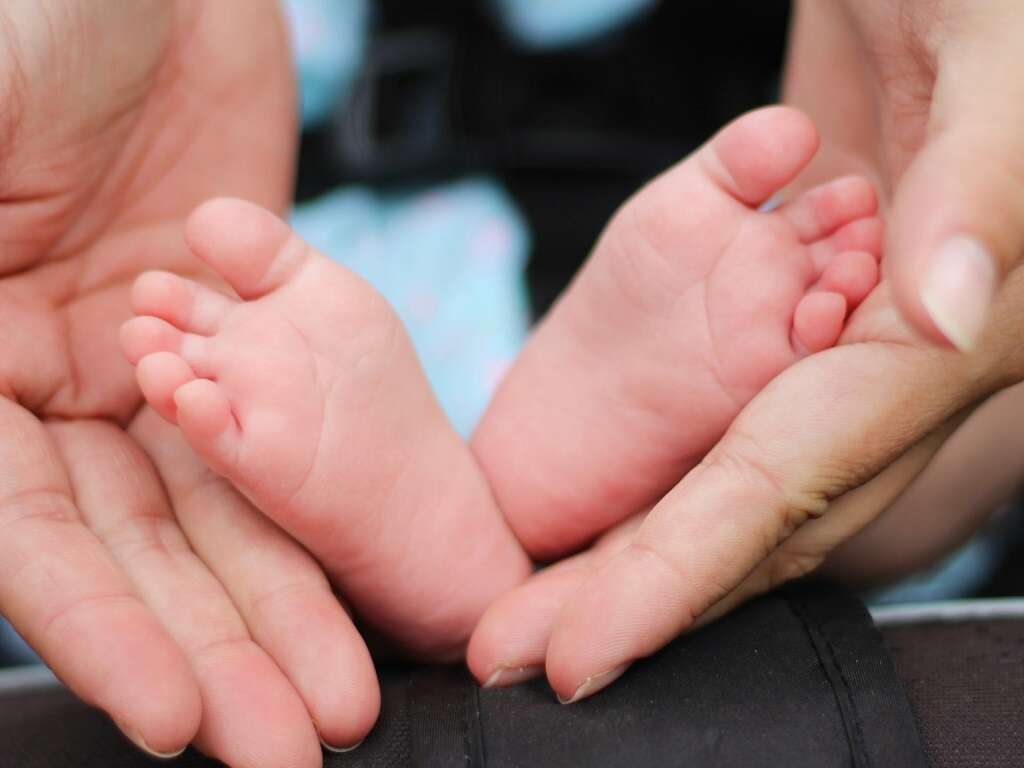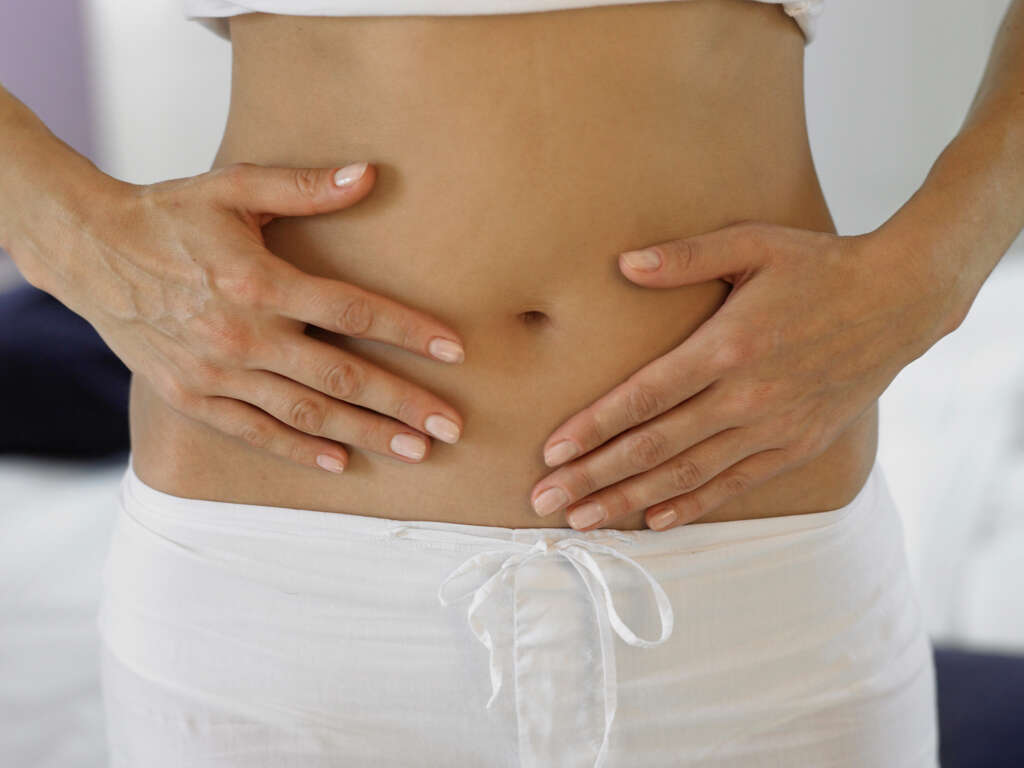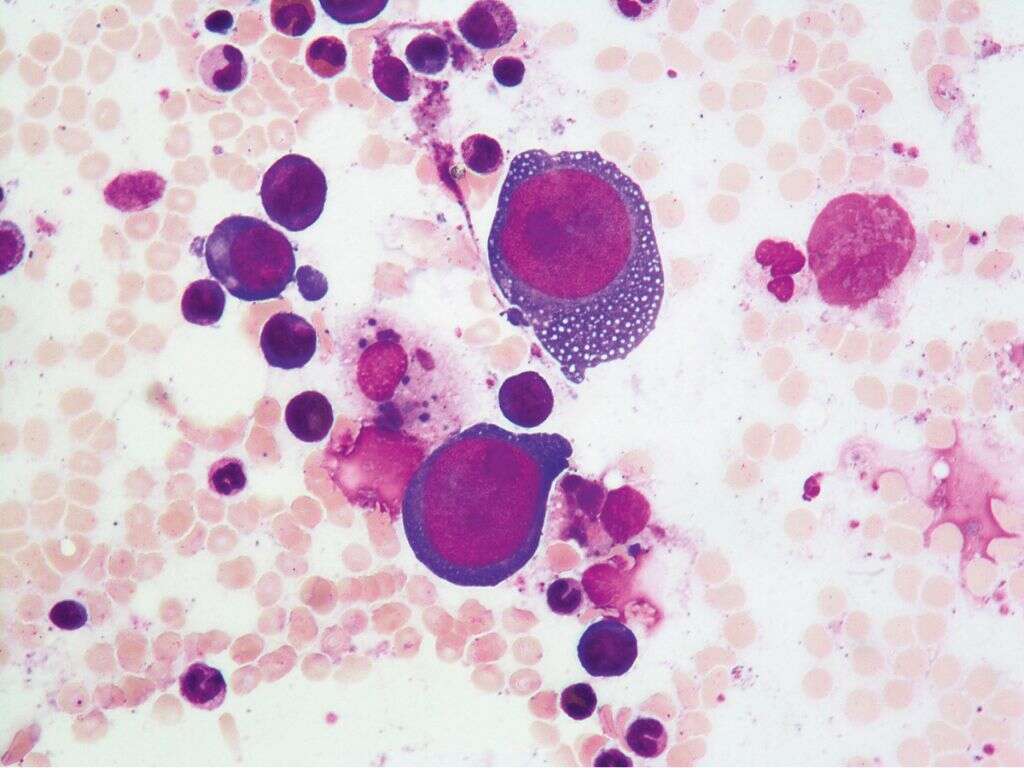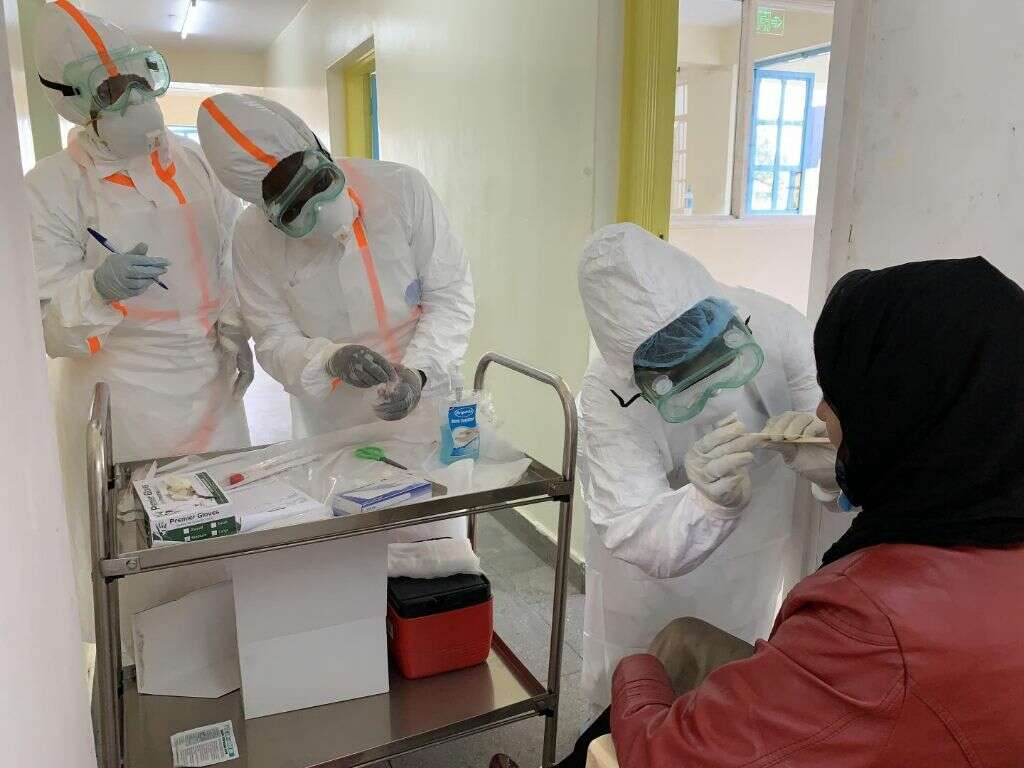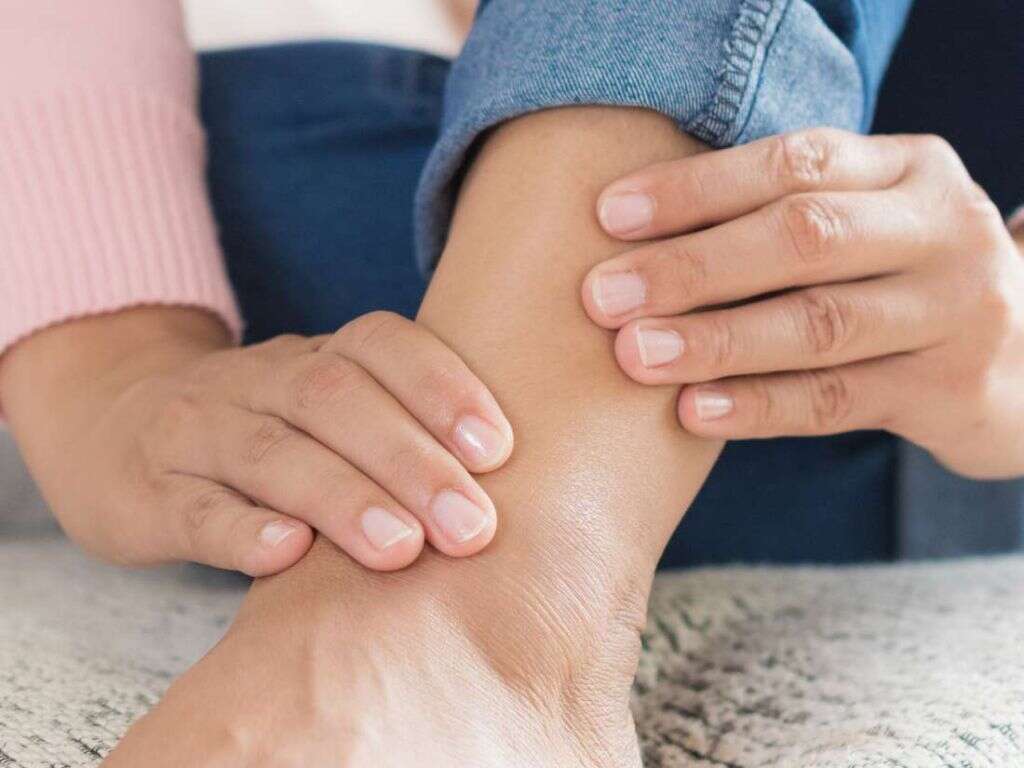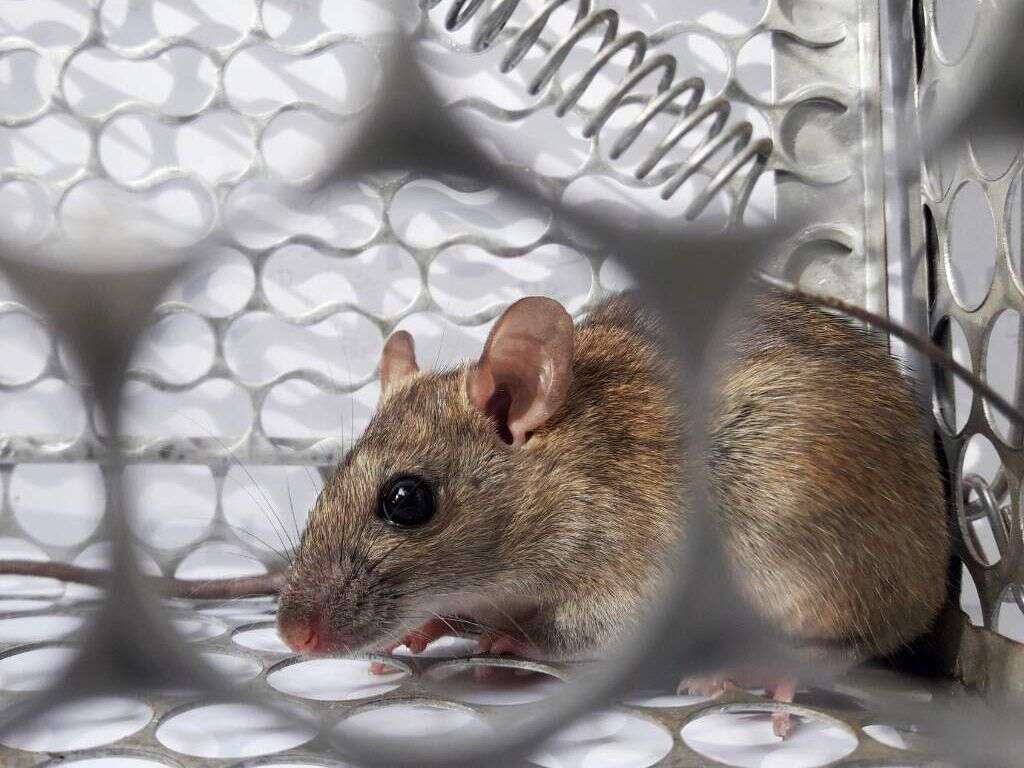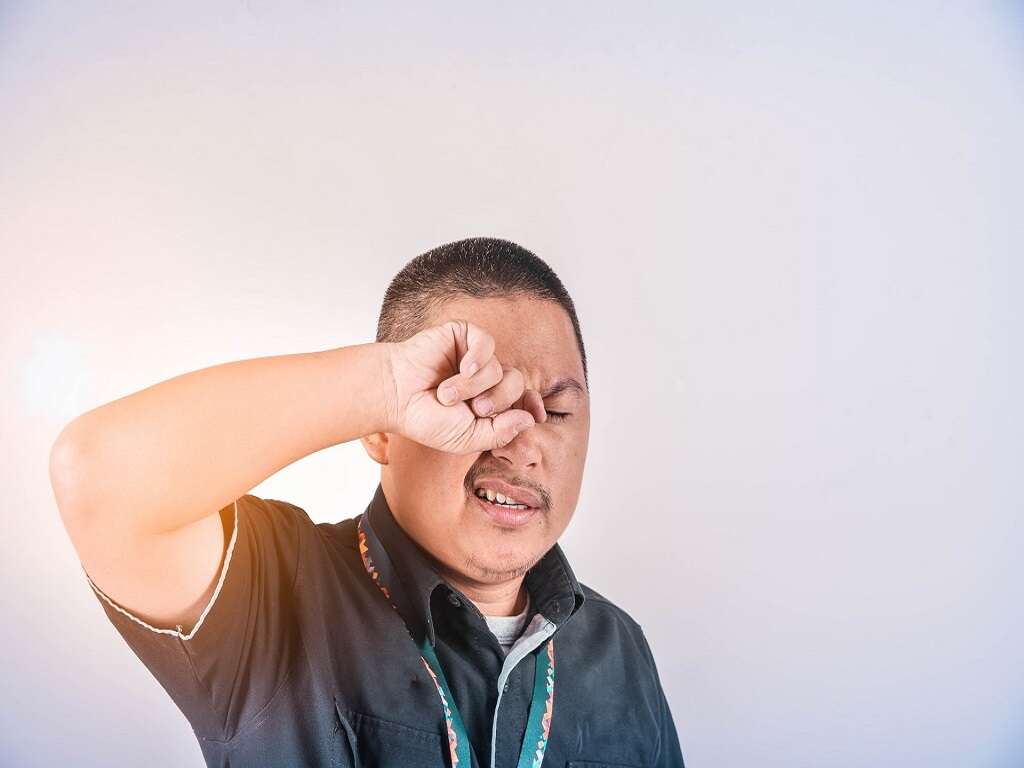10 RSV Symptoms in Babies
 Article Sources
Article Sources
- 1. 'RSV in Infants and Young Children.' Centers for Disease Control and Prevention, Centers for Disease Control and Prevention, 18 Dec. 2020, www.cdc.gov/rsv/high-risk/infants-young-children.html.
- 2. 'Respiratory Syncytial Virus (RSV).' Mayo Clinic, Mayo Foundation for Medical Education and Research, 9 Jan. 2021, www.mayoclinic.org/diseases-conditions/respiratory-syncytial-virus/symptoms-causes/syc-20353098.
- 3. 'Signs and Symptoms of RSV.' University of Utah Health, healthcare.utah.edu/the-scope/shows.php'shows=0/kdh1wa0c#:~:text=Symptoms of RSV are usually,coughing, sore, scratchy throat.
- 4. 'Appetite Slump in Toddlers.' Tufts Medical Center Community Care, hhma.org/healthadvisor/pa-bappetit-hhg/.
- 5. 'Default - Stanford Children's Health.' Stanford Children's Health - Lucile Packard Children's Hospital Stanford, www.stanfordchildrens.org/en/topic/default?id=behavior-changes-90-P02663.
- 6. JG;, Church NR;Anas NG;Hall CB;Brooks. 'Respiratory Syncytial Virus-Related Apnea in Infants. Demographics and Outcome.' American Journal of Diseases of Children (1960), U.S. National Library of Medicine, pubmed.ncbi.nlm.nih.gov/6702769/.
- 7. 'Apnea.' What to Expect and What You Can Do to Prevent Complications, www.nationwidechildrens.org/conditions/apnea.
- 8. NHS Choices, NHS, www.gosh.nhs.uk/conditions-and-treatments/general-medical-conditions/pneumonia/.
- 9. Bellieni, Carlo Valerio. 'Pain Assessment in Human Fetus and Infants.' The AAPS Journal, Springer US, Sept. 2012, www.ncbi.nlm.nih.gov/pmc/articles/PMC3385812/.
- 10. 'AboutKidsHealth.' SickKids AboutKidsHealth, www.aboutkidshealth.ca/article?contentid=896&language=english.
9. Chest pain
Chest pain is a sign that an RSV infection could have progressed to pneumonia. If an infant's chest is hurting alongside labored breathing, the caregiver should seek prompt medical attention.8NHS Choices, NHS, www.gosh.nhs.uk/conditions-and-treatments/general-medical-conditions/pneumonia/.
Infants aren't able to talk about their symptoms, but there are signs that can help a parent determine if their baby might be hurting. If the baby cries in intense, inconsolable bursts, has stiff arms and legs and grimaces or cries when touched, it's good to see a doctor.9Bellieni, Carlo Valerio. ‘Pain Assessment in Human Fetus and Infants.’ The AAPS Journal, Springer US, Sept. 2012, www.ncbi.nlm.nih.gov/pmc/articles/PMC3385812/.
Advertisement
